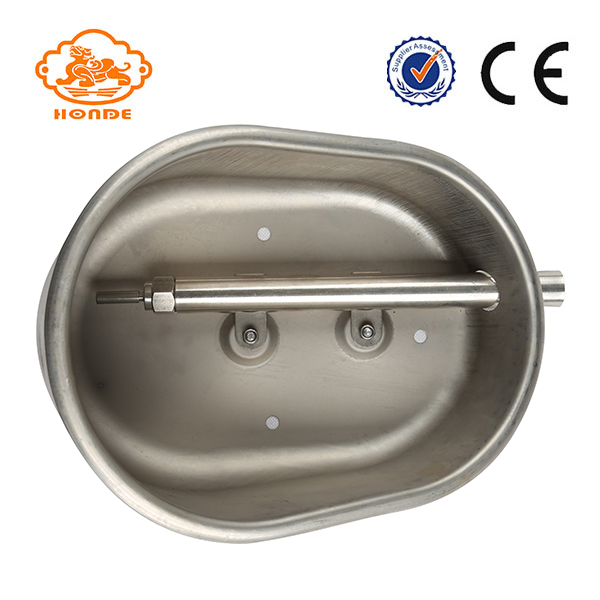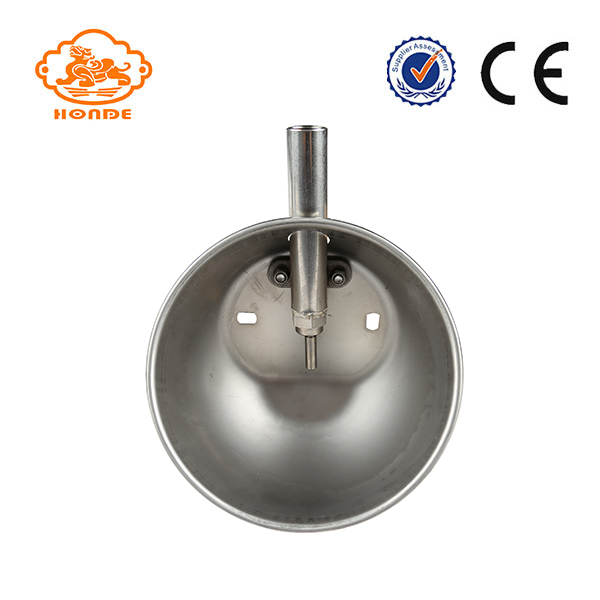Because cotton farmers lack awareness of cotton aphid and its damage, and the more water and fertilizer conditions are, the more dense the cotton fields are, the heavier the cotton fields are, so cotton aphid has become the most dangerous pest in cotton production. First, the symptoms of cotton blind caterpillar adult nymphs, nymphs sucking mouthparts into the cotton plant head, young leaves, buds, young bell, absorb cotton tissue juice, the top buds of cotton seedlings become black and dry, the main stem to stop growing The formation of clusters of adventitious buds and long cotton. In mid-to-late May, when you see the black spots on the heart, you can find bugs, and the heart leaves continue to grow, and the leaves are shrunken to form deformity. From mid-July to August, after rainy days or watering, tender stems and tender tips are most vulnerable. After being damaged, the young buds become weak and dry and fall off, easy to form empty branches and clumps of leaves, which is conducive to breeding of harmful insects, resulting in a significant reduction in production. Second, control methods (1) Reasonable fertilization, reasonable close planting, timely topping, prevention of cotton growth, elimination of cotton fields and weeds on the ground to reduce their occurrence; (2) early inspection, diligent inspection, timely detection and early prevention and control can be combined with the prevention and control of aphids and cotton aphids; (3) As the adults have migrants, the contiguous cotton fields and the areas where the cotton is relatively concentrated should be sprayed as far as possible at the initial stage of pests to ensure the control effect; (4) Chemical control The cotton budworm can occur in mid-June and mid-July, and it is sprayed with 4.5% beta-cypermethrin 1000 times solution plus 10% imidacloprid 1000 times solution. Because adult fly is good, there are residues after each spraying, and should be sprayed several times in succession. The growth of high-density cotton fields and rainy years should pay more attention to management, strengthen prevention and control, and use drugs once every 5 to 7 days. Continuous control 3 to 4 times. Pay attention to medications in the early morning or evening, spraying weeds and shrubs near the ground when spraying. If the combination of spraying and field fumigation is used for prevention and treatment, the effect is better.
We specialize in producing pig drinking systems, which is made of stainless steel or plastic. It is mainly used for sows or piglets to drink water. Pig drinking systems is an automatic drinking water equipment. Our pig drinking systems design that keep dung out of the water bowl no blind corner, so the Pig Drinking System is always clean and also saves water. We have advanced manufacturing technology, so can have a high yield and high quality. Our pig drinking systems is uniquely designed to keep the stool away from the pig drinking systems, so keep the bowl clean. Taps on the bottom of the bowl to ensure that there is not much water bowl of water, saving water. The bottom is 1.0mm thick stainless steel plate, making the water bowl durable.
Pig Drinking System Pig Drinking System,Poultry Pig Drinking System,Pig Automatic Drinking System,Farming Equipment Pig Drinking System HuangHua FengYi Honde Metal Factory , https://www.farrowingcratesfromchina.com
